For high-temperature, high-pressure services, ASTM A335 pipe (with Grades P9, P11, P22, and P91 pipes) has been widely used in various industries. As a result of market data, it is one of the most commonly used alloy pipes in boilers, heat exchangers, power stations, high and superhigh pressure vessels. Why is it required in such large quantities in these special industries? What is your knowledge of ASTM A335 pipe? Which is the most popular grade in this standard?
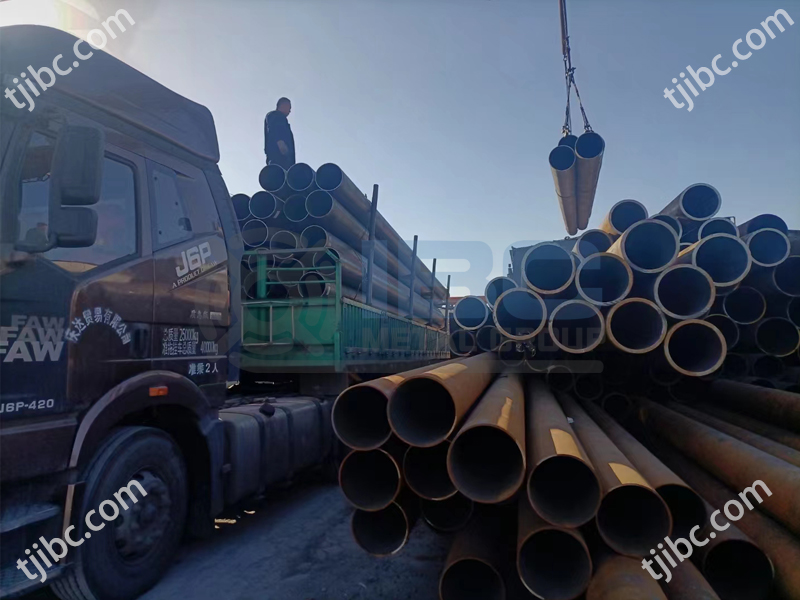
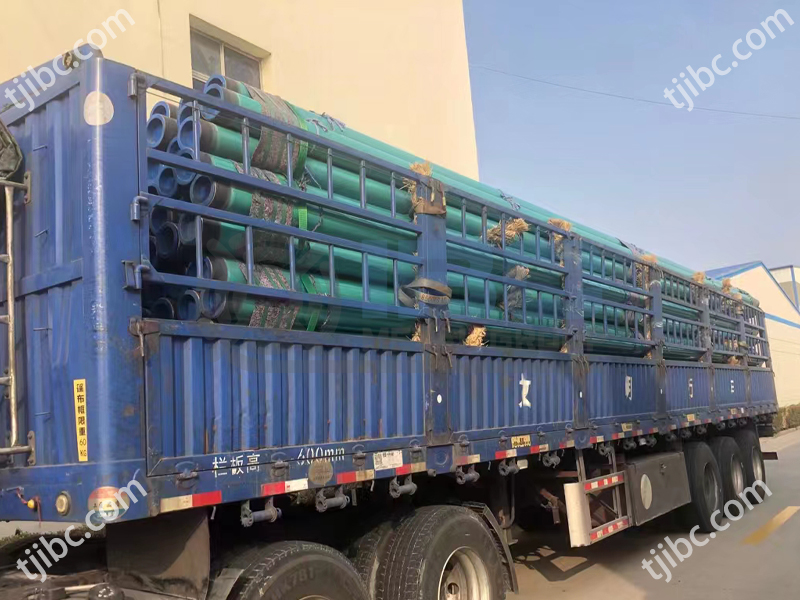
What is ASTM A335 Pipe?
Pipe ASTM A335 can also referred to as ASME S/A335 Chrome-Moly pipe, which is a type of seamless pipe suitable for high temperature environments.
A335 pipes often referred to as chrome moly pipe as they contain a high content of Chromium and Molybdenum. The presence of Molybdenum augments the overall strength, tenacity, resilience and hardness while preventing grain growth and minimizing the probability of embrittlement. On top of boosting thermal resistance, it enhances corrosion resistance to steel.
Key Elements Chromium for This Pipe
Chromium is a crucial element for the production of stainless steel. If the chromium concentration is at least 12%, it can be classified as stainless steel. Chrome’s oxidation resistance capacity remains unrivaled even in extremely hot temperatures, while its hardness, tensile and yield strength remain top-notch at standard temperatures. This special composition makes it perfect to be used in power plants, refineries, petro-chemical plants and other oil field services where high temperature and pressure come into play during transportation.
ASTM A335 Standard Specification and Scope
According to ASTM international associates, ASTM A335 is a standard specification for seamless ferritic alloy-steel pipes for high temperature service. The specification specifies nominal and minimum wall thicknesses of pipe made from alloy materials and manufactured in seamless form. In addition to bending, flanging, and other similar processing and formations, the pipe shall also be suitable for fusion welding. ASTM A335 pipe material also used to manufacture pipe fittings, such as elbows, tees, and reducers.
A335 Pipe Chemical Composition
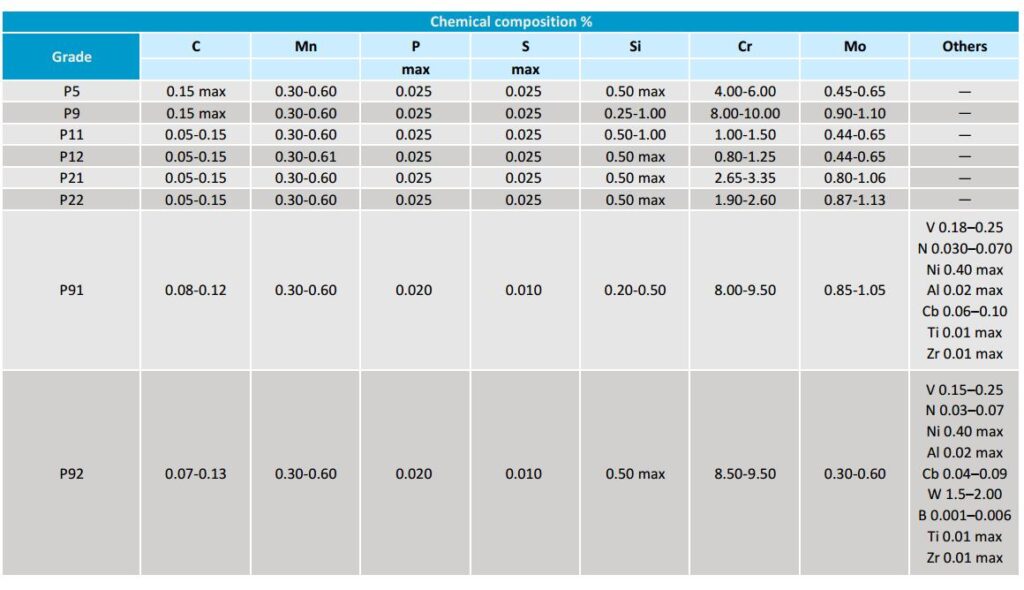
ASTM A335 Mechanical Properties

Referred Standards ASTM
- a. ASTM A999/ A999M, Standard specification for common requirements for stainless and alloy steel pipe
- b. ASTM A92, Hardness test methods for steel materials
- c. E213, Instructions and practice for ultra sonic testing of steel pipe and tube
- d. E309 Eddy-Current Examniation methods for steel pipe products
- e, E381, Inspection methods for steel bars, beams, profiles, billets and forgings.
- f, E527, Numbering metals and alloys practices
- g, E570, Instructions for flux leakage examniation of ferromagnetic steel pipe products
Nominal Pipe Size
ASME B36.10M dimensions standard for welded and seamless steel pipe
Raw steel material that used for the production
Pipe material shal either hot finished or cold drawn with the related heat treatment required for different grades. For Grade P2 and P12 the steel should manufacture by coarsegrain melting procedures.
Featured Grades P9, P11, P22, P91 Pipes
This chrome moly pipe featured grades are ASTM A335 P9, P11, P22, P91, so also it called as P Grade pipe in some cases.
P11 pipe, P22 pipe and P91 pipes used in power industry and petro-chemical plants, meanwhile, P5 and P9 pipe generally find usage in refineries.
ASTM A335 P91 Pipes – High Pressure Boiler Pipes
It shall be noted that, ASTM A335 Grade P91 pipe is a good grade pipe for high pressure boilers. It is ideal for bending, flanging, and similar operations such as welding. There are three factors to consider when choosing steel: the composition of chemicals, the tensile properties, and the hardness requirements.
High pressure boiler pipes and ASTM A335 P91 alloy steel pipes are the two variants available, and the ranges are determined solely by the size, which is determined by the application. Hydrostatic tests and non-destructive inspections based on specifications will be conducted on the pipe length.
This is why chrome moly pipes find high usage in the power generation industry and petrochemical industry due to their corrosion resistance, tensile strength, and strength at high temperatures.
Tests Involved
In case of material heat test that is done in a blast furnace, it is done on 5% of the pipes manufactured from each lot. Other common tests include transverse and longitudinal tension tests, flattening tests, hardness tests, and bend tests. The diameter to wall thickness ratio should typically be 7.0 or less for pipes exceeding NPS 25, and for pipes thicker than NPS 10, the flattening test must be approved by the buyer.
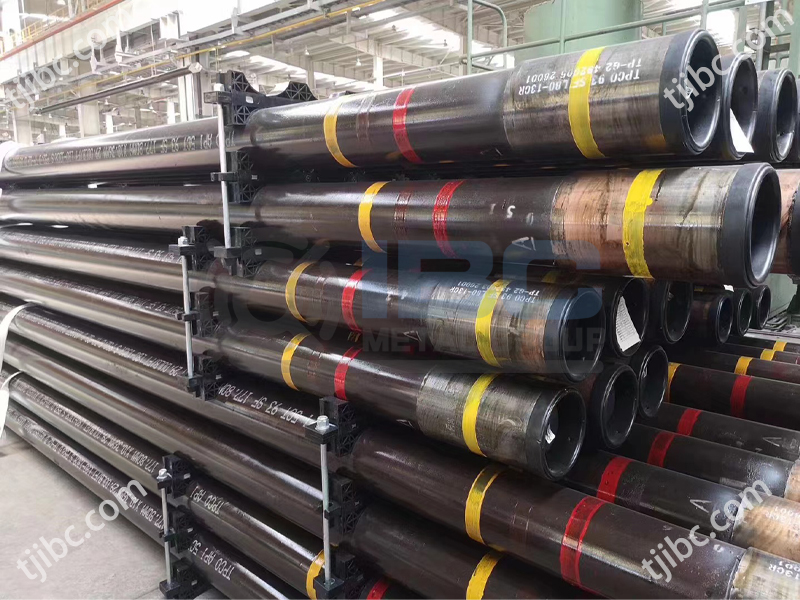
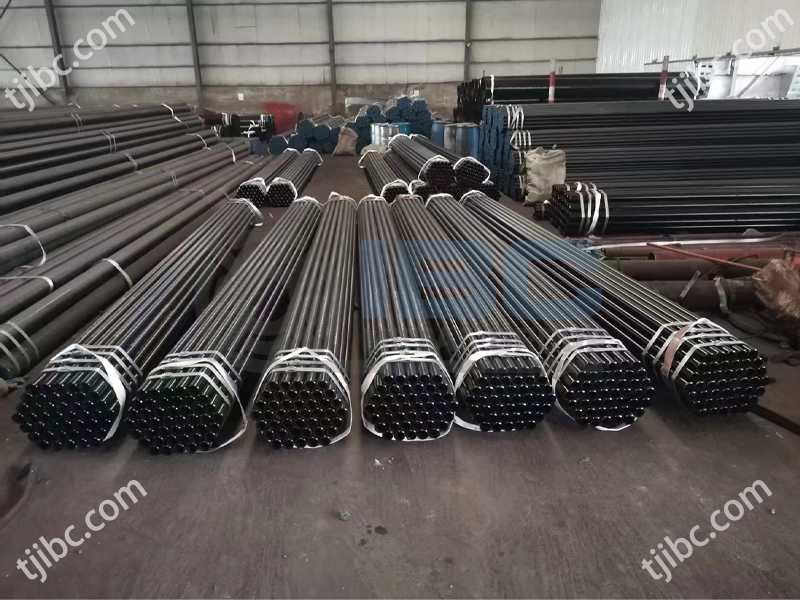
Things You Need to Notice When Placing an Order
When you send an inquiry of before place the order for ASTM A335 pipe, below specifications shall be verified:
- a. Length per piece and the quantity (Specified in feet, meters or pieces)
- b. Material Name (Seamless alloy steel pipe)
- c. Grade (P5, P9, P11, P22, P91 pipe etc)
- d. Manufacturing types (hot finished seamless or cold drawn seamless)
- e. Size to described as below ways: 1) NPS and Schedule Number (According to ASME B36.10, for example NPS 7 inch and Sch 40); 2) OD or ID and nominal or minimum wall thickness (inch or mm)

Contact with us today!
Related Products
Related Resources

cong
contact-form-7 id=”b9845b7″ title=”Send Inquiry”



